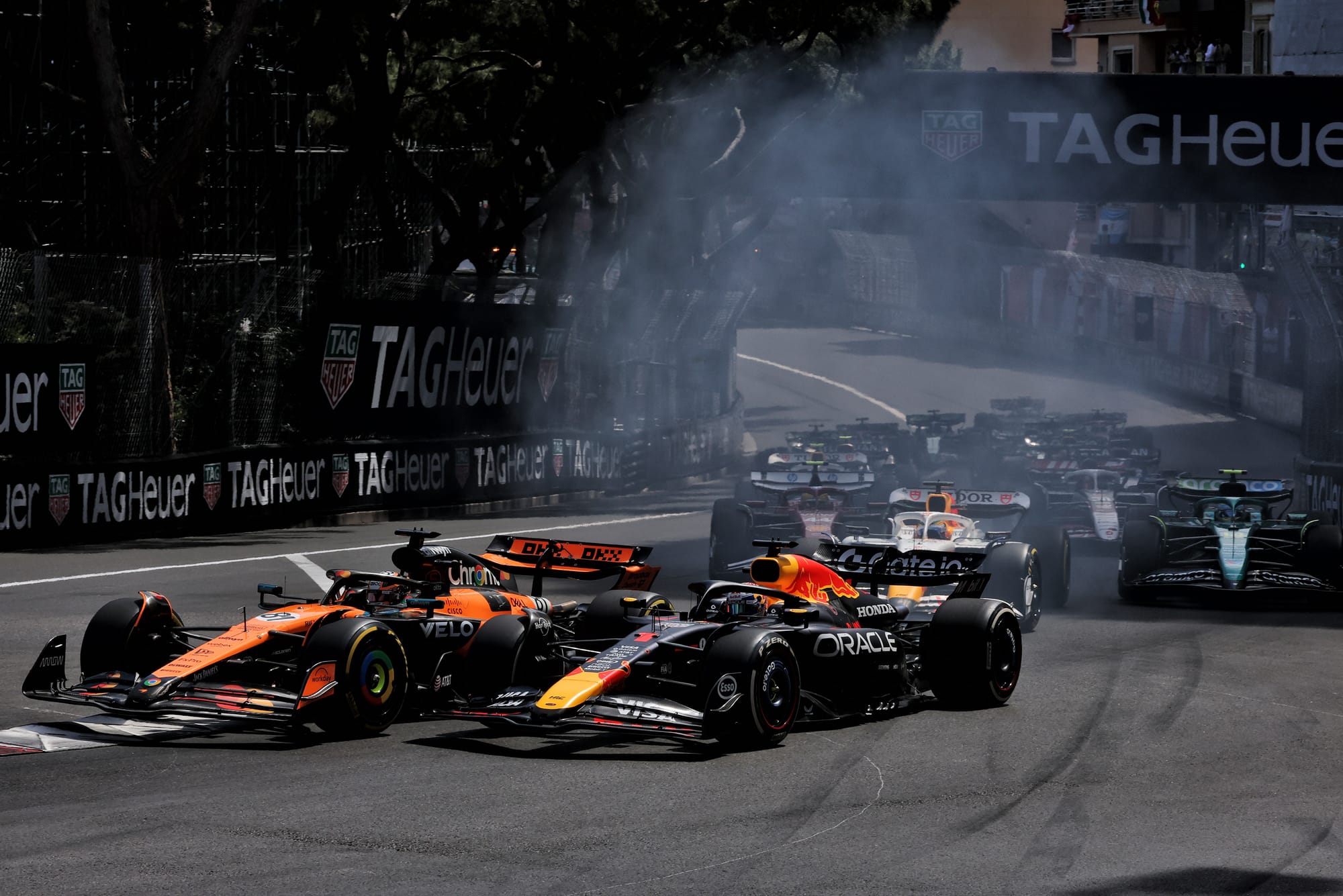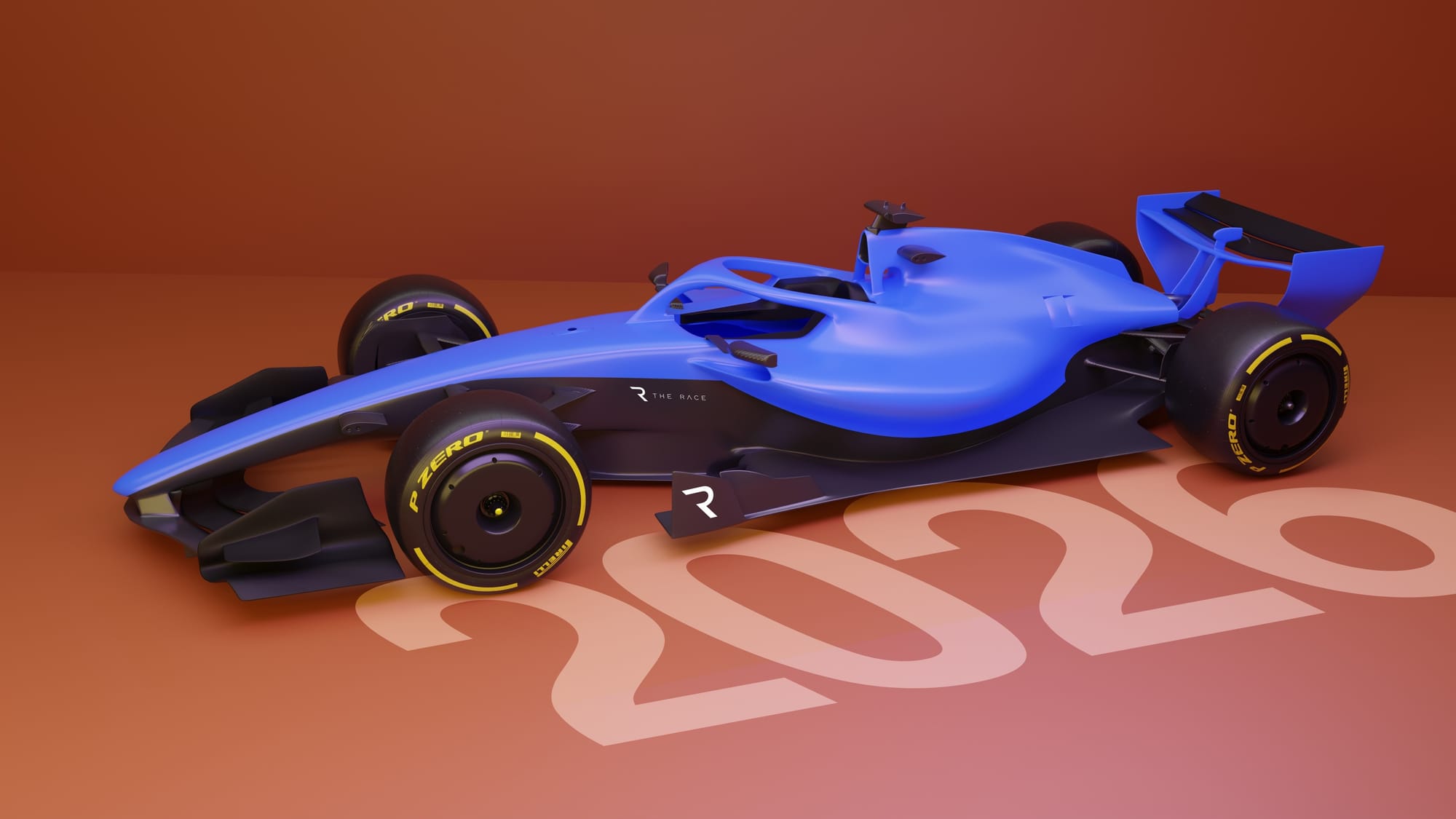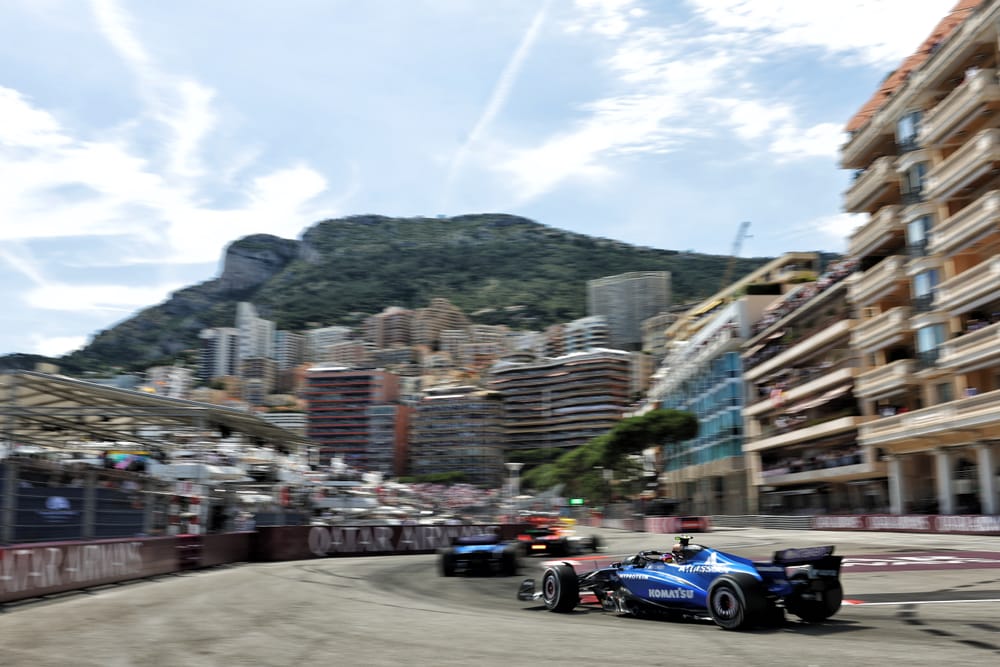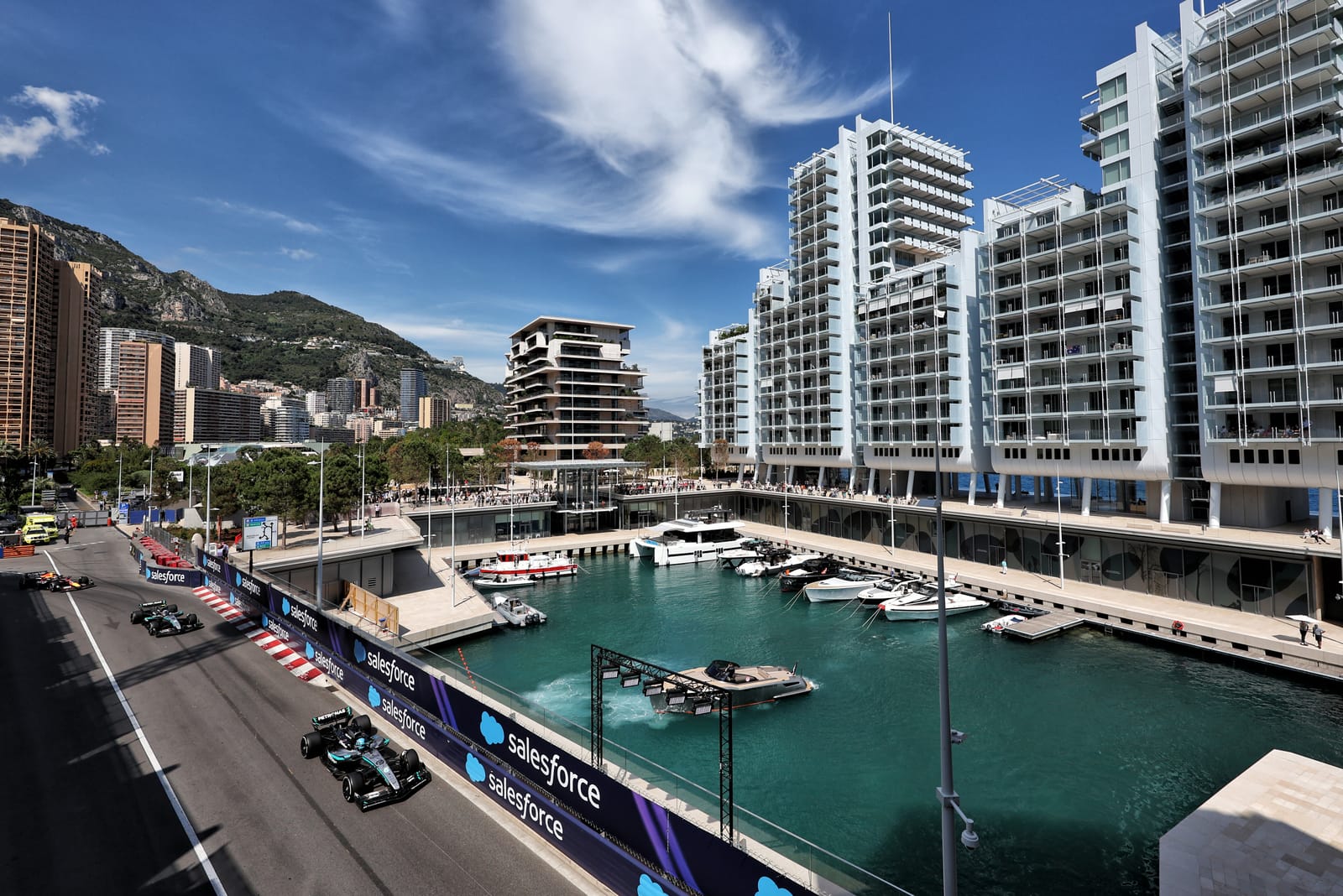The manipulation between team-mates that overshadowed Formula 1's Monaco Grand Prix two-stopper is going to trigger talks about whether the rule change needs rolling back.
But to abandon the two-stop idea simply because one element of it did not work would be a case of throwing out the baby with the bathwater.
That is because, for all the unsavoury nonsense taking place towards the back of the field, in many respects, there was more excitement and jeopardy at the front than we have had in a dry Monte Carlo race for a while.
What cannot be escaped is that the flaws exposed by the two-stop rules, as Racing Bulls, Williams and Mercedes played games in backing people up, were not a consequence of the two-stop rule but a symptom of the very problem the changes were supposed to address.
The real issue is that overtaking in Monaco is nigh-on impossible and it is this which has been the true downfall of the racing spectacle.
With a standard one-stop, no passing meant the racing was boring; with the new two-stop, it opened the door for the kind of roadblock tactics that played out on Sunday.
As George Russell said afterwards: "Driving four seconds off the pace here is dead easy. Our strategist said anything less than three seconds pace advantage is a zero percent chance of an overtake.
"You need 4.5 seconds for a 50% chance of an overtake. So you could effectively put an F2 car out there and they've got a chance of holding up an F1 car.
"I don't know what the solution is. We were lucky in ‘22 and ‘23 that the wet races offered some excitement. Do they need to wet the track?"
Bringing out the sprinklers is not a realistic solution, but if anyone thinks that tinkering with the two-stop rules wording – or trying to prevent team orders getting in the way – will solve all the issues, they are wrong. This would be very much like rearranging the deck chairs on the Titanic.
As Haas boss Ayao Komatsu said: "Williams created an extreme, which is fine, but it is not racing is it? When you are a kid trying to be a racing driver, is that what you dreamed of doing? Absolutely not. So it's wrong. It's not right. But what's the solution? Not coming to Monaco?
"I don't know what the solution is. Even with tyre higher degradation [from softer tyres], people would still manage like hell. I'm not pretending I have a solution. But I cannot say what happened was good for the sport."
Chasing the root cause
What needs to be the priority right now is working out ways to make overtaking possible in Monaco. Until that fundamental problem is solved, then it does not matter how many stops you have – the racing is going to be flawed.
Plus, with teams now well understanding how best the two-stop strategy can be exploited, next year, if things stay the same, then expect the whole field to start playing around and we could end up in a proper mess.
There are two clear options that F1 has – one that is obvious but is quite hard to achieve, and one that is simpler and could be more effective.
Circuit modifications?

The most challenging one would be looking at making some track changes at Monaco in a bid to open up at least one passing place.
Red Bull team boss Christian Horner reckoned just making modifications to one corner would be enough to transform things.
"I don't think you would need to do too much. There just needs to be one area where you can have an overtake," he said.
"It's about trying to create a bit more of a braking area, either at the exit of the tunnel or Turn 1 [Sainte Devote]. If there was any way of creating a longer braking zone somewhere.
"We should really investigate it. The cars are so big now, you just don't have a chance to get alongside."
Reclamation work going on at Monaco certainly opens the door for changes, but even so space is limited. The harbour and barriers on the run down to Tabac do not give much room to open things up – but it's not impossible.
Sainte Devote's entry could potentially be reprofiled, but there is not much space for a big alteration because of the buildings on the outside, and the presence of the pitlane on the inside.
Some simple modifications have cropped as feasible - with Grand Prix Drivers' Association chairman Alex Wurz revealing his idea for three critical alterations that he thinks could help deliver better racing by putting drivers onto defensive lines that compromise them as well as increase overtaking opportunities through outbraking.
They are moving the Nouvelle Chicane, tweaking the apex at Rascasse and widening the entry to the Fairmont Hairpin.
The solution in place

F1 may not need to push for track changes to open up overtaking though, because the new 2026 regulations actually offer it a potential way to sort the problem.
We know that part of the issue at Monaco is that DRS is pretty ineffective. It cannot be used through the tunnel for safety reasons, and the start-finish straight does not really offer enough distance to gain momentum on the car ahead before Sainte Devote.
But DRS is gone next year, and overtaking will have a completely different mechanism – as its shifts from an aerodynamic overtaking aid to an engine power one.
With wings now being moveable simply for straights and corners, F1's overtaking will be helped by an engine override mode which delivers more power to a pursuing driver over a set distance.
While the car ahead's power will ramp down at a defined rate from the maximum allowance of 350kW at the start of the straights, drivers behind who get their override mode activated will have the full energy available up until a speed of 340km/h (211mph).
This should be a fairly standard arrangement for most of the calendar but there is scope within the regulations for the power differences between normal mode and override mode to be tweaked for individual circuits.
The rulebook allows the FIA, as long as it gives four weeks' notice, to alter the maximum electric power output when override is not activated, and also when it is.
So the door is therefore open to have Monaco-specific regulations that perhaps limit more the power of cars without override active, and give those behind an extra boost compared to normal.
And let's not forget that because there are plenty of heavy braking zones around Monaco, there should be no shortage of energy able to be harvested.
Considering that the new override could be activated from the entry of the tunnel as there is none of the aero safety issue that prevents there being a DRS zone there, if the maths is done correctly in terms of the power offset between the two drivers, then it could offer a pretty decent sniff of an overtaking opportunity on the way out and down to the Nouvelle Chicane.
This will also be helped by the fact that the cars are going to be slightly narrower and, because they carry less downforce, are also not going to be as good at stopping so the braking distances are going to be longer.
This tunnel opportunity (and override could even be enough for start/finish straight moves or to get a nose inside at Rascasse) would prevent drivers from trying to act as a roadblock to those ahead and encourage them to get a move on – negating the kind of manipulation tricks that we witnessed last weekend.
If any driver knows that backing people up behind them will lead to them coming under proper attack out the tunnel, into Rascasse, or Sainte Devote, then they will not want to be sitting there on a leisurely cruise.
Getting the power balance right between those cars that have override and those that do not won't be the work of the moment, but if enough effort is put into it once we know how the 2026 cars operate then it can certainly be achieved.
Will it be a perfect answer that resolves all of Monaco's problems? Unlikely.
But it could be enough to change the dynamics of the race without needing to mess around with fancy strategy rules, and put to bed the kind of unnecessary nonsense that proved a turn off for many last weekend.




